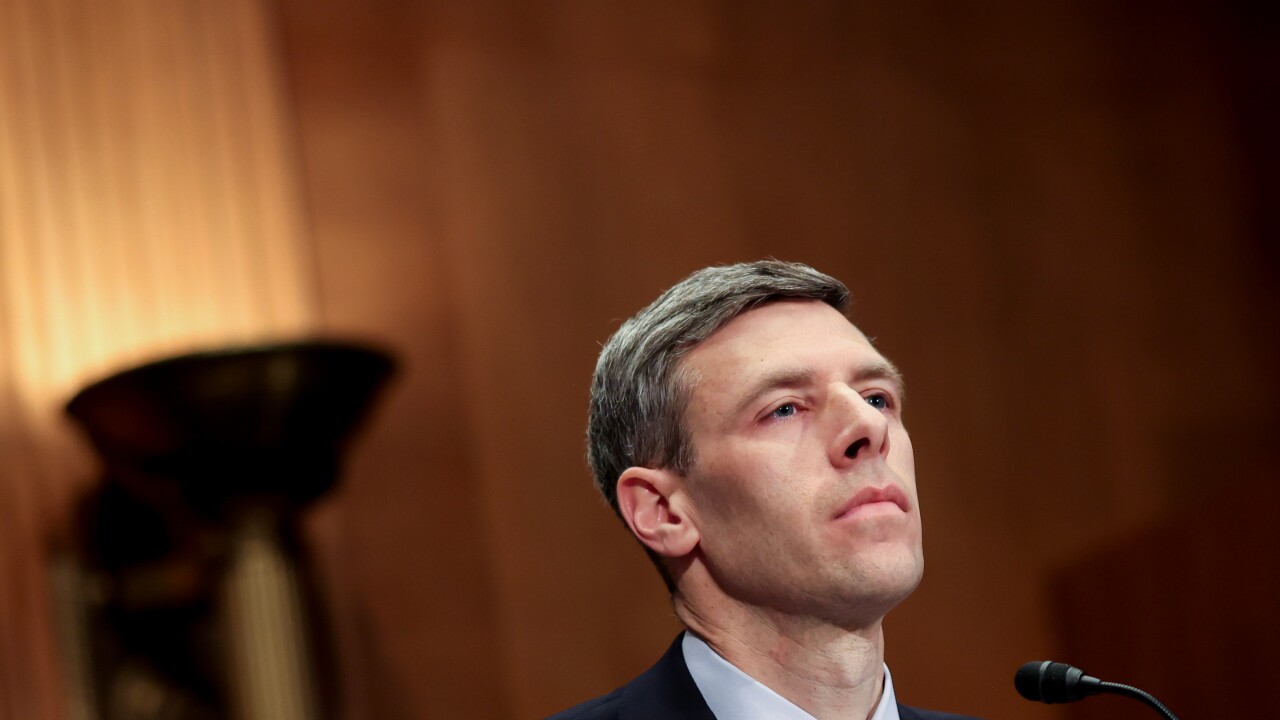CHICAGO – As the U.S. continues to shape its faster payments options over the next few years, the connections for such systems have to be able to deliver more information and services with every payment.
Without that, any type of system could be a hard sell, especially for businesses that currently have no problem making payments with checks and sending along paper-based invoice information at the same time.
In the same vein as the

“You don’t wake up in the morning thinking you have to make a payment; you think about the other things you have to do related to that payment,” Chris Hamilton, CEO of BankServ Africa, said Tuesday at the annual Chicago Payments Symposium. “There are many value-add use cases that come with real-time payments.”
The Federal Reserve has been tackling a faster payments initiative for the past three years, seeking to get the U.S. on par with other markets such as the U.K and Australia, which have had such schemes in place for several years.
The Association for Financial Professionals surveyed businesses in the U.S to determine to what extent companies used checks for B-to-B payments between 2013 and 2016.
“You have to realize what the market looks like in the U.S. The usage went from 50% to 51% in that time period, so despite all of these new solutions, we are still seeing check usage going up," said Magnus Carlsson, manager of treasury and payments for the Association for Financial Professionals.
"Essentially, people in the U.S. are familiar with checks and they know checks, and checks work," Carlsson said. "So, the real-time question is: If we are developing these new technologies and functions, how do we get people to change?”
Also telling, the association asked businesses what was more important – faster payments or “smarter” payments capable of delivering other messages or services. Carlsson noted 70% said they were equally important, but 25% chose “smarter” compared to 5% picking faster as the most important option.
In the example of a consumer purchasing a used car, it would not be far-fetched for a real-time payments system to be able to deliver information about insurance or registration needs, or financial loan options at the time of the down payment, said Cyrus Bhathawalla, director of payments consultancy KPMG U.S.
“When you buy a used car now, there is plenty of friction,” Bhathawalla said. “A real-time system can end that when a request for pay carries all of the information needed for other arrangements in purchasing a car, addressing the things the consumer is thinking about.”
The Clearing House is hoping to introduce some much needed change when it unveils its
“We are focusing on messaging, clearing and settlement,” said Steve Ledford, senior vice president of The Clearing House. “But immediate confirmation is important, as people want to know a payment has been made. That is sometimes more important than actual speed.”
In that regard, TCH understands the importance of delivering information alongside payments.
“When accounts receivable and accounts payable messaging can tell someone you got the payment, it is taking on the entire business context,” Ledford said. “We are providing tools through a secure channel, where people can share this information and build just about any type of commerce transaction you can imagine.”
As real-time payments unfold, Ledford said, an industry mantra will not change. “It’s about the data, that’s what it’s all about” he added. “We have thought about uses cases a lot, and I am hearing something new every day.”
Kevin Christensen, senior vice president of the Shazam Network and chair of the interoperability work group for the Faster Payments Task Force, said a faster payments system will achieve many of its goals through industry standards and regulations.
“Standards have to come from the industry, like ISO and others,” Christensen said. “They should not come from within certain companies.”





